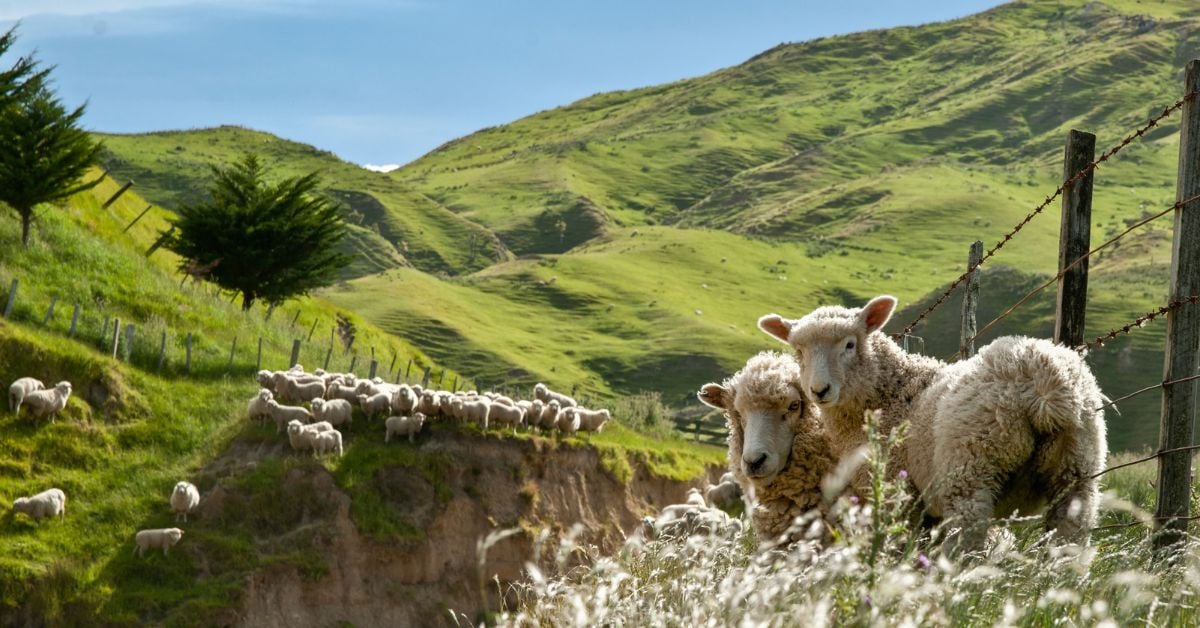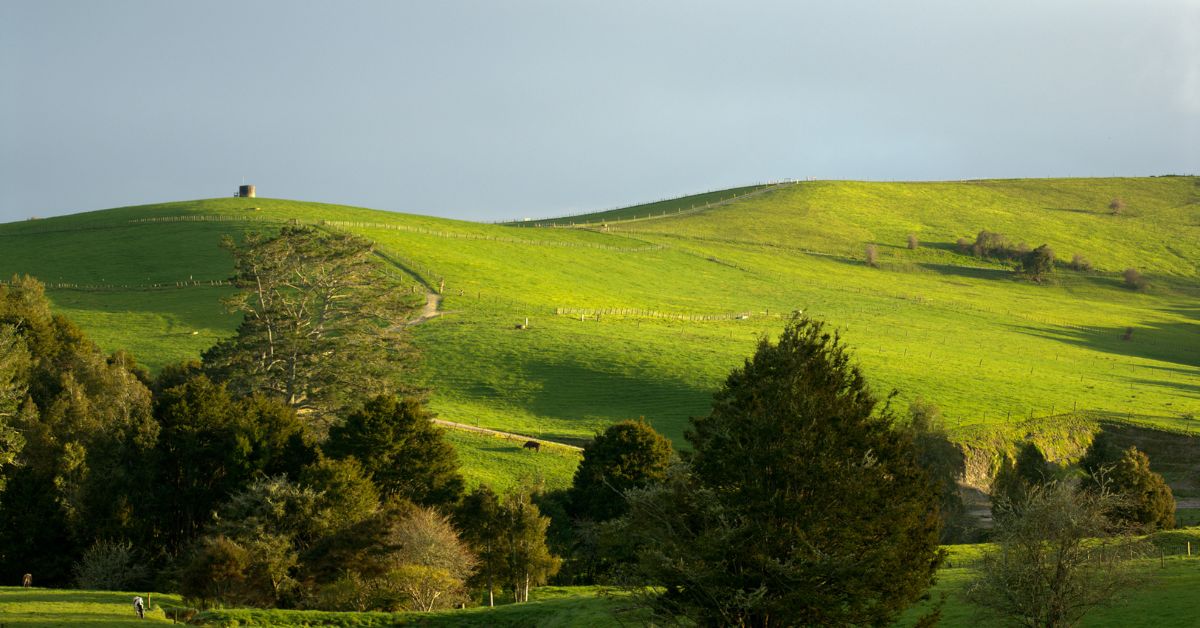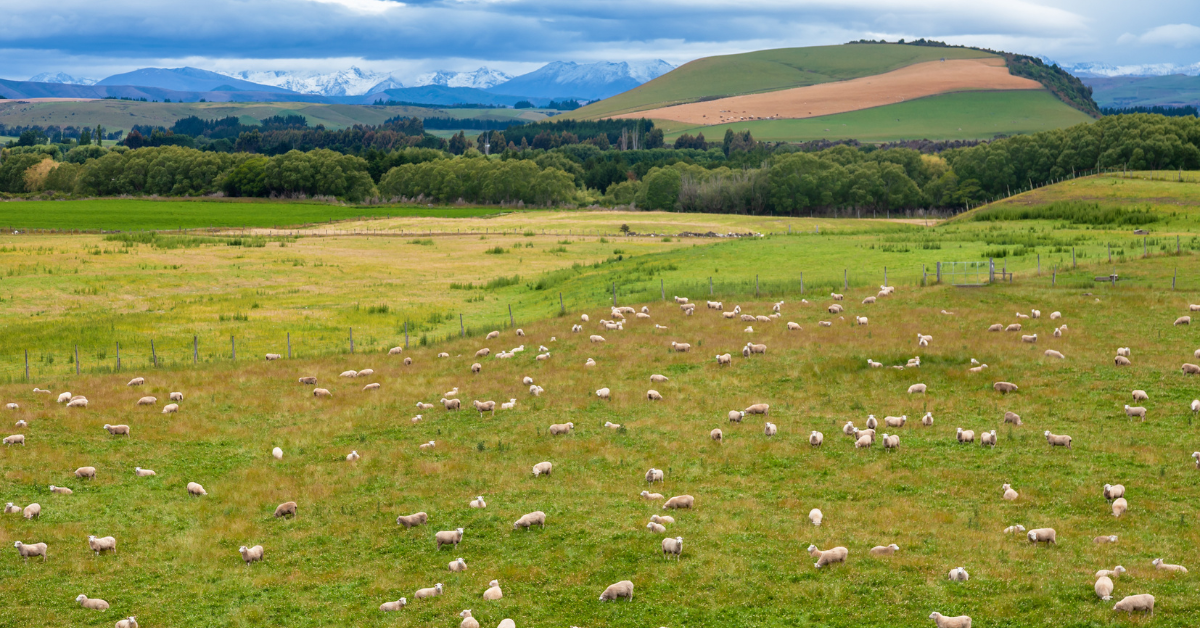Rural and Lifestyle Fieldays 2022 Report

Inflation, interest rates and the cost of diesel are all up, and those three factors significantly impact our back pocket and how profitable our farms can be.
These factors in life which have added an extra pinch, has led to a slowdown in all property markets, including rural and lifestyle. This has led to fewer properties being sold in the past year.
Rural Properties
According to figures from the Real Estate Institute of New Zealand (REINZ), there were 1,525 farms sold in the year to September 2022. That figure was down 276 farms sold when compared to the year ending September 2021.
Prices have also adjusted to the market, and the median price per hectare for all farms sold in the three months to September 2022 was $23,080, compared to $30,890 recorded for the same three months a year earlier.
While that may seem like a significant decrease, when you consider the differences in farm size, location and farming type, which the REINZ All Farm Price Index does, prices have actually increased 0.2 percent in that quarter when compared to the same period in 2021.
Farms throughout the Manawatu, Whanganui and Tararua regions have been achieving excellent results on market, with dairy support and deer farms being well sought after. While the Waikato region has been a mixed bag with sales, prices have remained reasonably consistent.
Lifestyle Properties
The impact on lifestyle properties have somewhat mirrored the residential market. REINZ figures showed there were 7,378 lifestyle properties sold in the year ending September 2022, this equated to $9.10 billion of value. The slowdown of sales was seen here too, with 3,183 fewer lifestyle properties sold in that period when compared to the year ending September 2021.
While the median sales price for hectare dropped for farms, lifestyle properties held their ground. In the three months to September 2022, the median price for a lifestyle property was $1,025,000, which was $97,500 higher when compared to the same period in 2021.
The conditions were different for bare land, which saw the median price drop $10,000 to $470,000. Farmlet lifestyle properties sold also saw a $10,000 decrease in median price when compared to the same period in 2021, now at $1,190,000, according to REINZ.
Just like the residential market, affordability and cost increases, such as interest rate hikes, have impacted sales volumes considerable, with 50 percent fewer lifestyle properties sold in the last year when compared to 2020, just two years ago.
Despite all the of pressures on buyers as they manage inflation and stricter lending criteria, some vendors have preferred to retain high price expectations instead of meeting the current market. If that persists, properties will continue to remain of the market for longer than they used to.
With similar pressures impacting the lifestyle and residential market, it is likely the two will mirror each other in the months ahead.
Rural Outlook
Turning back to the agriculture sector, it has become clear that the economic uncertainty is impacting the way we farm and some of the decisions farmers are making. The increased pressures are paying a toll on farm expenses. A recent report from ANZ Research outlined that some dairying land is being moved into other uses as farmers transition to be more self-reliant. Farmers are looking for options where they can buy in less feed and have fewer grazing stock.
On top of economic pressures, there is also policy uncertainty from central government that has left the farming sector in limbo as it waits for clarity.
Although the Three Waters Reform is mainly related to urban areas, ANZ Agriculture Economist Susan Kilsby said some rural water schemes may also be impact.
"Additionally, the processes used to allocate water for irrigation (and other uses) are to be reviewed. The current first-in-first-allocated process is expected to be replaced in some catchments, which may change how much water is able to be sourced, and the consenting time periods are likely to get shorter," Kilsby said.
Methane emissions pricing is another area where the industry is awaiting clarity, and Kilsby expects this policy could impact the value of livestock properties.
“The recently released Government proposal does not state what the emissions prices will be, but does outline what aspects of the recommendations from He Waka Eke Noa and the Climate Change Commission they plan to incorporate into the pricing structure. There is now an elevated risk that work required to price emissions on-farm will not be completed before 2025. This would mean emissions would need to be accounted for at a processor level. This is not the desired outcome, as it does little to incentivise reducing emissions, but will impact farm profits,” she said.
Despite concerns, dairy farmers have benefitted from improved milk prices in the past couple of seasons, and this has been reflected in the relatively stable prices for dairy farms.
However, as we come back to this high inflation environment, costs are rising rapidly. From the more expensive diesel farmers put in the utes and tractors, through to the higher fertiliser costs, farmers are seeing their profits being squeezed. While these are very real factors we have to adjust and live with, Kilsby said there is little indication buyers have been factoring in higher costs of production when considering a farm purchase.
“The additional costs associated with managing and mitigating greenhouse gases also do not appear to have been fully considered in farm purchases,” she said.
Over the horizon
Not all years are made of gold, and there are many factors outside of our control that we have to accept and adjust to. It may be hard to predict what is around the corner, but what we do know is what today looks like. If we adapt to embrace the here and now, reflecting the current market, we will see that there are still opportunities out there to be found.
Share


